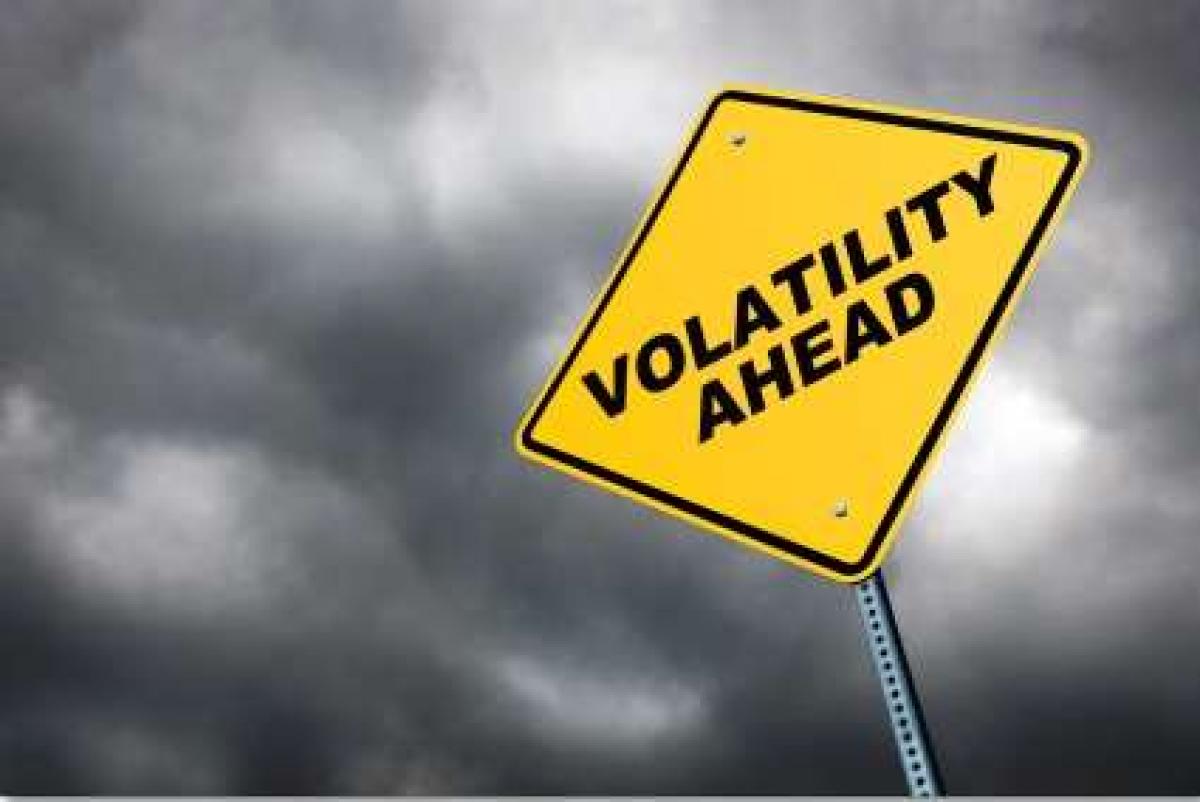Natixis Global Asset Management is out with its annual survey of institutional investors and their views about alternative investors.
The survey included institutions around the world and of many distinct classes: corporate and public pension funds, insurance funds, sovereign wealth funds, endowments/foundations, managing amongst them $15.5 trillion. The break-down of the 500 institutions by class is as follows.
PARTICIPANTS IN NATIXIS SURVEY
| Corporate Pension Plans | 137 |
| Endowments/Foundations | 121 |
| Public/Government Pension Plans | 111 |
| Insurance Funds | 95 |
| Sovereign Wealth Funds | 36 |
Source: Natixis’ 2016 Global Survey of Institutional Investors, p. 11
Geography and Geopolitics
These sophisticated investors said that market volatility is the biggest threat to investors’ portfolio performance in 2017. Volatility is seen as a graver threat than geopolitical risk, interest rates, or downturns in earnings growth.
There was some variation in the ratings of risks by geography. In Europe (ex-UK) and in Latin America geopolitical risk is rated higher than the others. But in North America, the UK, and Asia geopolitical risk comes in third among keeping-up-at-night issues, behind both volatility and interest rates.
The distinctions among these classes of risk aren’t water tight. One might make the case that market volatility at this moment in history is a geopolitical risk itself, since markets have been roiled by Brexit, by Trump, by the populist movements of the Netherlands, France, and Germany.
Many in the business and investment worlds hope that the new administration in the U.S. will cut back on regulation in a way that will spur economic growth. On the other hand, they are concerned that it could bring uncertainty to the trade and security alliances “that have been the backbone of global market expansion” since the crisis nine years ago.
What to do about it?
Risk, of all four of those listed varieties, is a constant in the world. The practical question is: what to do about it? Accordingly, Natixis also asked these respondents what they see as their biggest challenges in managing risks. The most common answer (with multiple answers allowed for each respondent, so the percentages involved exceed 100%) was the low-yield environment of the present, something related to but distinct from the low interest rates long enforced by the central banks of the world. This threat was followed in order of direness by the interest rates themselves; the ability to fund long-term liabilities; and the threat of inflation. Here, then, is a table giving the full results of the answers to this question:
BIGGEST CHALLENGES IN MANAGING RISK
Low yield environment 67%
Interest rates 48%
Ability to fund long-term liabilities 34%
Inflation 27%
Longevity risk 22%
Environmental, social or governance issues 22%
My organization’s financial strength 14%
Cyber security 9%
Pension payout guarantees 8%
Stability of sponsor contributions 5%
Source: Adapted from Natixis 2016 Global Survey of Institutional Investors, p. 12.
Sovereign wealth funds have an investment horizon that can stretch out over several decades, and SWFs, not surprisingly, are more likely than other groups to rate the ability to fund long-term liabilities as a very pressing concern. Many of the SWFs are the creation of sovereigns that depend on oil exports for revenue, and the collapse in oil prices in the last three years must increase their anxieties on this point.
Again: what to do about it?
How do managers of these various types, facing these challenges, plan to manage their risks? “Nearly seven in ten,” Natixis says, “report they are willing to underperform their peers to ensure downside protection.”
Asked whether diversification across the traditional asset classes can provide adequate downside protection: a majority says “yes.” A majority, but only by a bit (54%). That leaves a lot of room for alternative asset classes, and for those who believe they are an essential part of a downside strategy.
Active versus passive
On a related point: institutional investors are looking more favorably upon active investment, as distinct from the passive style. An impressive 71% of those asked say that active management is better in the non-correlation of its asset classes than a passive approach. A full three quarters (75%) say it is an advantage that active management allows them to access environmental, social, and governance (ESG) investing. Add one more percentage point and you reach the size of the majority (76%) that says active management is superior by virtue of giving them access to emerging market opportunities.
The institutional investors also express concern that individual investors may be ill-informed on the active/passive issue: 75% saying that individuals are unaware of the risks associated with indexing, and the same number saying that individuals have a false sense of security in the subject.




